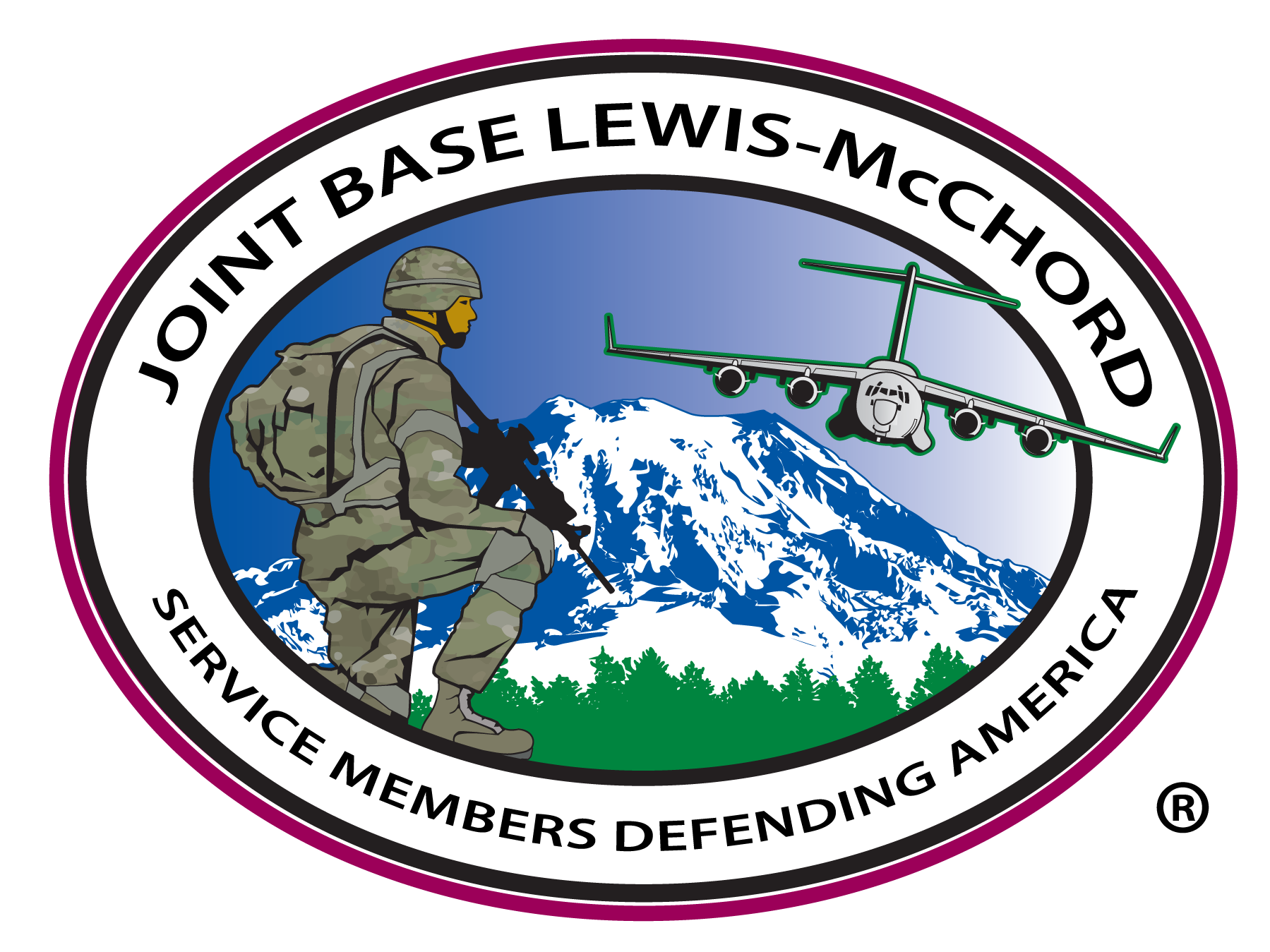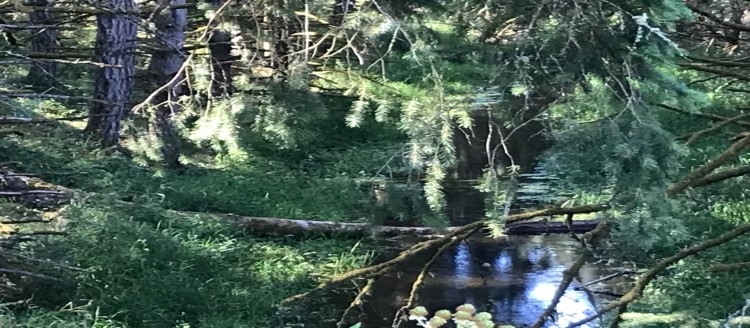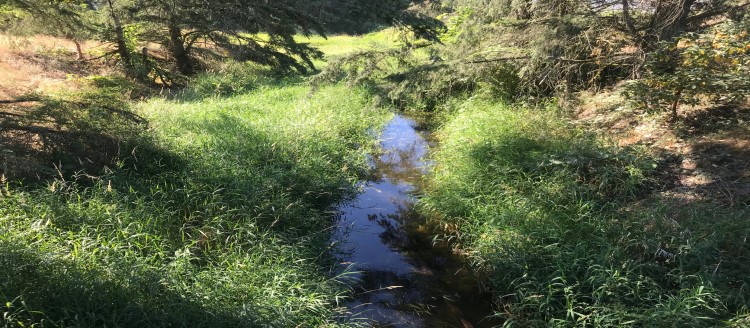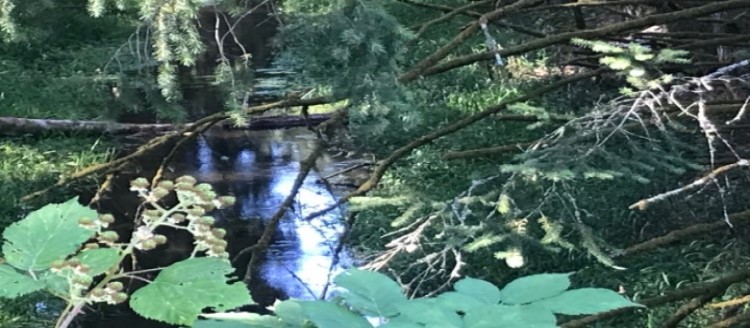Stormwater discharge is a vital resource that provides many environmental and recreational benefits. In urban areas like Joint Base Lewis-McChord (JBLM), protecting stormwater quality from pollutants is essential. Most common pollutants from urban areas are trash, bacteria, pesticides, and POL (Petroleum, Oil, Lubricants). These pollutants can impact the quality of stormwater and ultimately enter a nearby waterbody. JBLM's stormwater system is complex and preventing stormwater pollution is crucial to maintaining water quality for everyone and the environment. JBLM's Stormwater Team goals include preventing illicit discharges from harming the environment and improving the quality of stormwater leaving JBLM's property.
- JBLM (MS4) Permit (Permit No. WAS-026638)
- JBLM MSGP Industrial Stormwater Pollution Prevention Plan
- Washington Department of Transportation Airport Stormwater Guidance Manual, 2009⚠
- For inquiries about the JBLM MS4 Stormwater Management Plan and the JBLM Mulit-Sector General Permit, please click here to email our Stormwater Team.
Design/Construction
The Joint Base Lewis-McChord's (JBLM) Stormwater Design Guidance document was created to establish design and analysis criteria for all types of development activity to stay in compliance with JBLM's Municipal Separate Storm Sewer System (MS4) Permit. Stormwater Design Guidance is required to be used in conjunction with the 2024 Stormwater Management Manual for Western Washington (SWMMWW) and the Aviation Stormwater Design Manual (Aviation Manual). The JBLM Stormwater Design Guidance describes the requirements that designers must meet when developing sites will disturb more than 5,000 square feet of ground. This includes creating a site-specific Drainage Plan, Stormwater LID Form, and developing a project Stormwater Pollution Prevention Plan (SWPPP).
Projects that disturb more than 1 acre of ground must submit a NO1 to the Environmental Protection Agency (EPA) for CGP coverage, develop a CGP SWPPP, a site-specific Drainage Plan, and fill out a Stormwater LID Form. Templates and guidance documents can be found below.
For further guidance or further clarification contact the JBLM Stormwater Program at: usarmy.jblm.id-readiness.list.dpw-stormwater@army.mil
JBLM Stormwater Design Guidance
Stormwater Management Manual for Western Washington, 2012
Drainage Plan Checklist
2022 Construction General Permit
Visit the military Low Impact Development website to access Army LID Planning tools and resources.
Military Operations
Flyers for handout and posting:
Residents
Flyers for handout and posting:
- Dumpsters Neat, Not Nasty Flyer
- Household Hazardous Waste Disposal for JBLM Residents Flyer⚠
- You Dump It, You Drink It! Flyer
- Stormwater Brochure
- Car Washing on JBLM Flyer
*You are leaving the federal government domain to reach other recycling and stormwater guidance sites. Any private information you provide will be stored for a time on servers with their own privacy policy, not necessarily the same protections provided by a government site. Please read the site's privacy policy and terms of use before uploading information. You have the choice to bypass this system and contact them directly by telephone. This information is offered as a convenience to our customers. The appearance of hyperlinks to external sites does not constitute endorsement by the Department of Defense or the United States Army of the linked web site or the information, products or services contained therein. For other than authorized activities such as military exchanges and Family and Morale, Welfare and Recreation sites, the Department of the Army does not exercise any editorial control over the information you may find at these locations. Such links are provided consistent with the stated purpose of this Department of Defense website. The link you are being directed to is a nongovernment website that may have different privacy policies with regard to the collection, storage and transmission of Personally Identifiable Information (PII) from those of this agency's official website. Proceed with caution on the Internet just as you would on any non-DOD sites.







